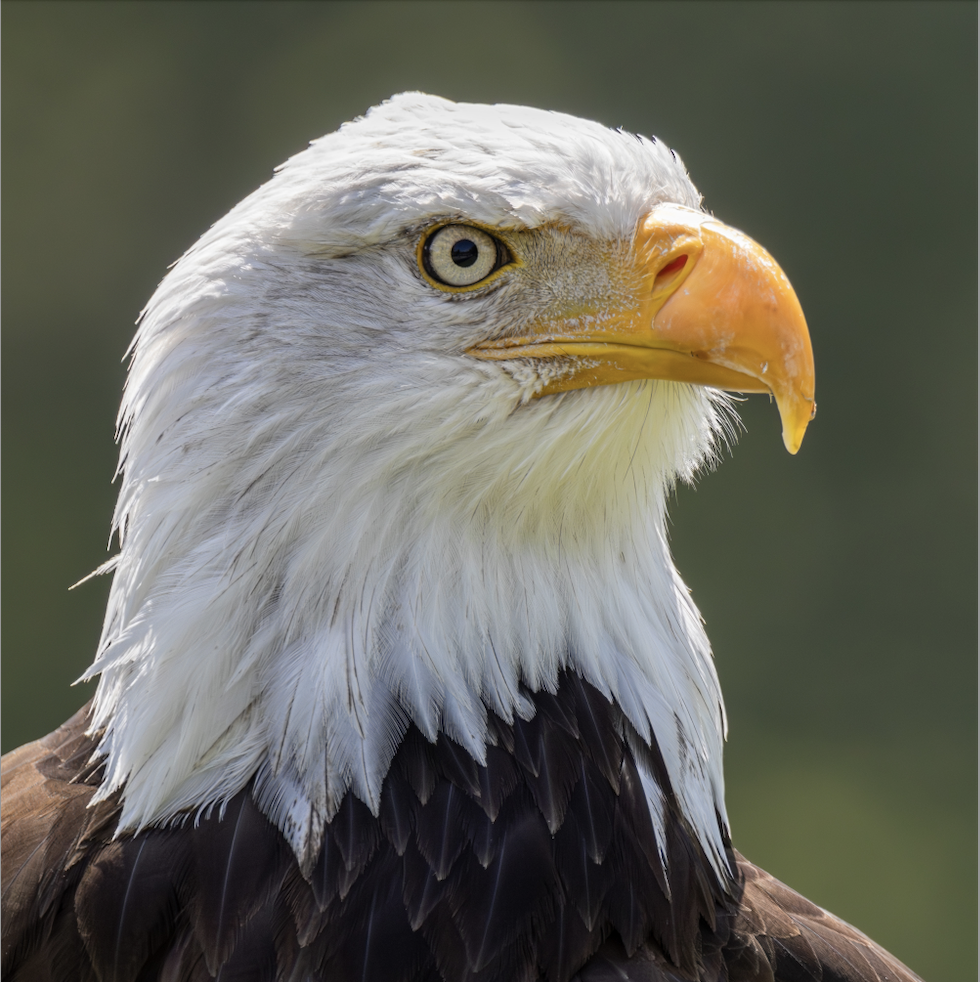

The females are so tricky and look just like sparrows, it really throws me off too. I can’t think of another instance where a common bird has such huge sexual dimorphism.
It’s an interesting problem in bird names. Many species have eponymous names, where they’re named after somebody who put them into a book. With those you’re stuck with situations like “what does a Wilson’s Warbler look like?”, where it would be so much easier if they were called a “black-capped yellow warbler. But then you have the same problem as the Red-winged blackbird where the name really throws you off for the female, and it might be better if they were called something like “marsh blackbird”.




I think a lot of people are missing the point here. The thought “but how much research is dedicated to just men?” isn’t a salient retort.
Women are 50% of the population, and 100% of the humans alive today grew inside body systems that are exclusive to that population. Why would only 7% of research being about women be ok with that reality?
One great source for the gender gap in science is the book Invisible Women. It shows the dire need for data that studies women specifically, as well as having gender-aggregated data in research that studies both sexes. The current body of science, which is based on hundreds of years of research, mostly studied only men or studied both sexes and didn’t separate the results by sex, so women are mostly invisible in research.